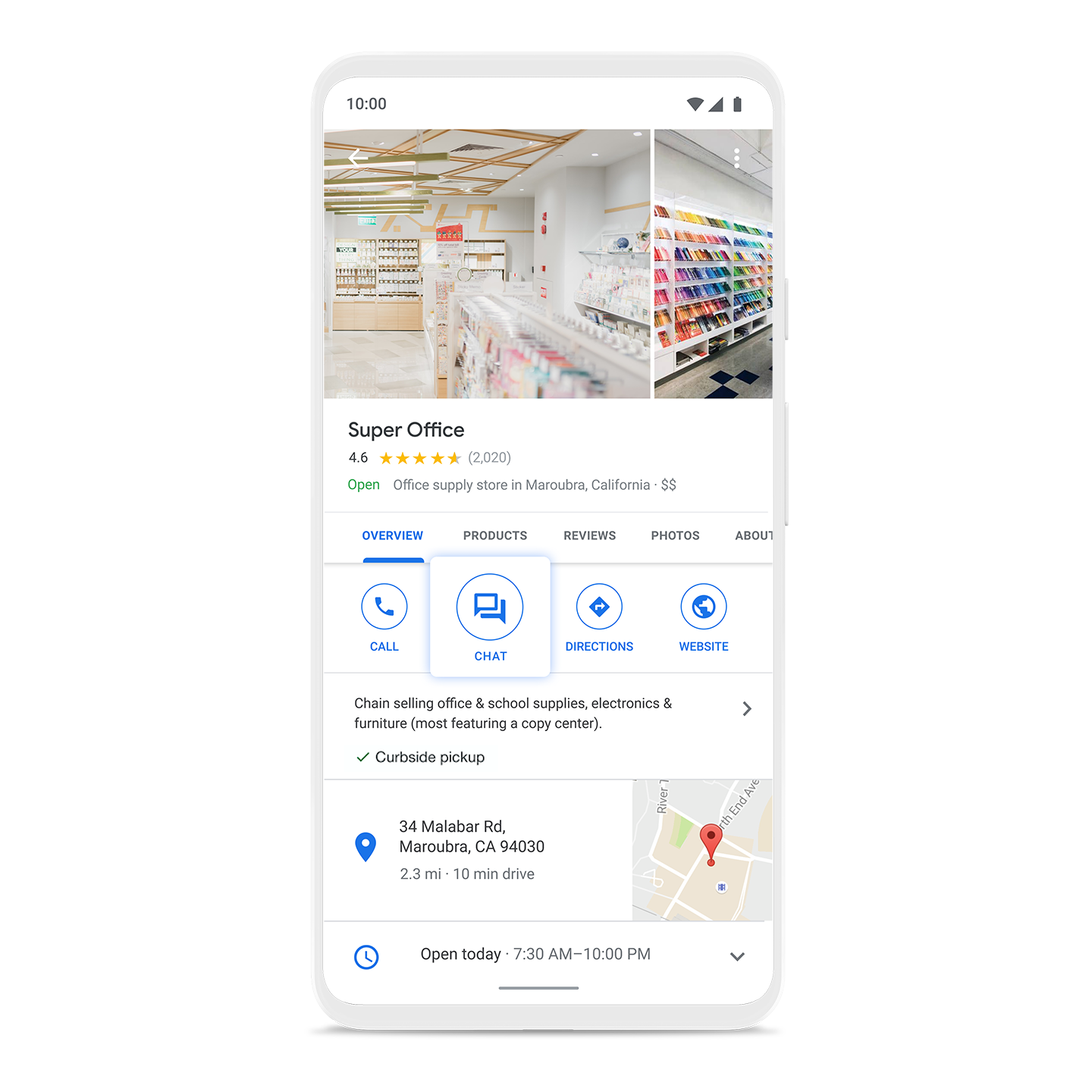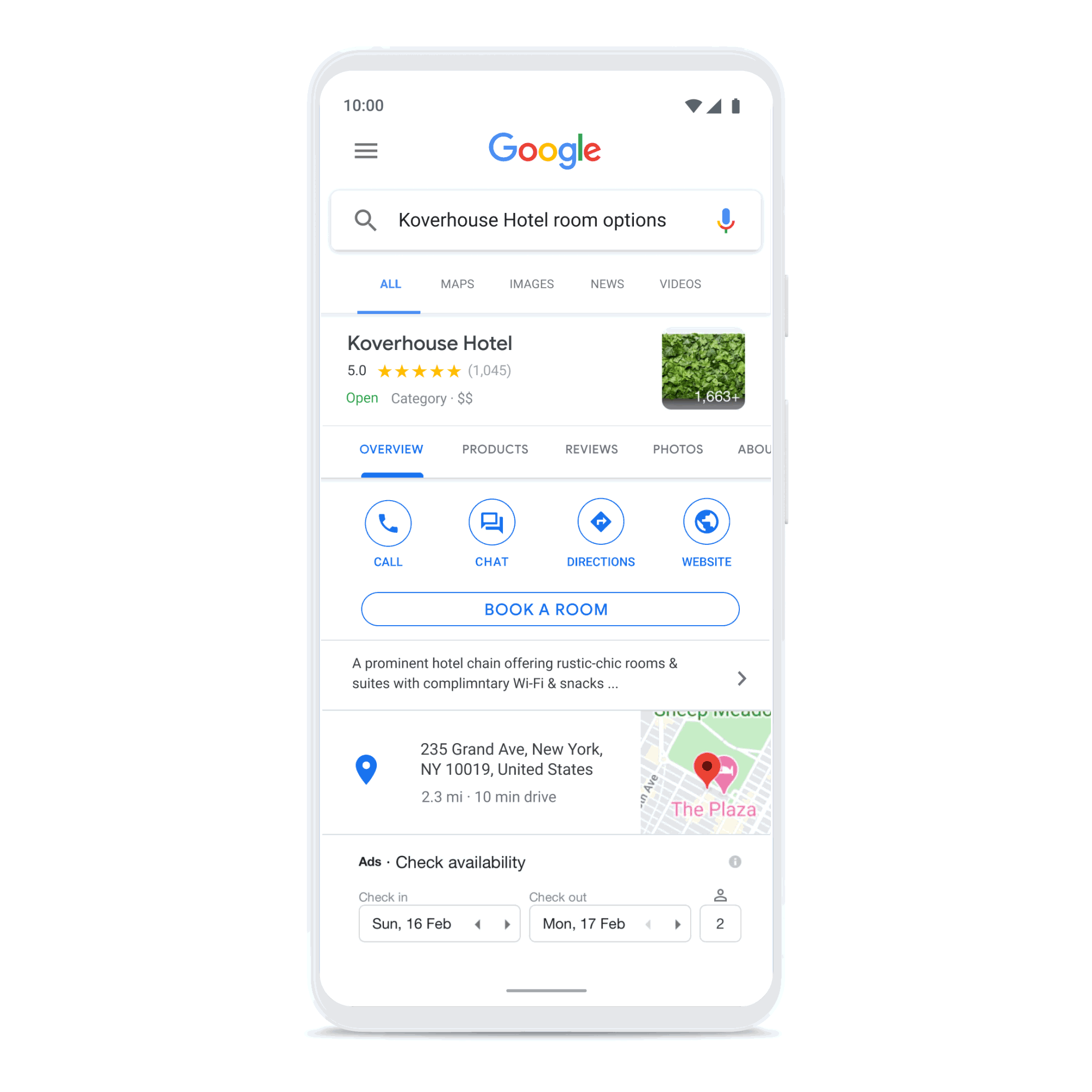透過集合功能整理內容
你可以依據偏好儲存及分類內容。
隨時隨地接觸客戶
Business Messages 是功能豐富的非同步訊息服務,可讓使用者透過各種進入點與品牌互動,包括 Google 搜尋、Google 地圖、Google Ads 和品牌本身的頻道。
計算的計算方式
顯示預估等待時間與常見問題解答,並以與線上服務專員聯絡來加強客戶服務,藉此建立消費者信任。透過輪轉介面、建議回覆和相片等豐富的功能提高忠誠度、購買、排程和向上銷售。
Business Messages 為品牌提供全方位的商業訊息解決方案,適用於各種 Android 裝置,以及 iOS 版 Google 地圖。
最佳化計畫
我們的溝通方式已改變:75% 的消費者現在偏好透過私人訊息管道與傳統管道互動,而非品牌訊息。Business Messages 可以轉接電話到即時通訊、提高銷售量,以及改善客戶滿意度和客戶滿意度。如需更多實作協助,我們的團隊和合作夥伴可協助品牌制定對話式行銷策略。
與 Google 合作夥伴聯絡,以啟用訊息功能並提升計畫品質。或者,您也可以
與我們聯絡,洽詢參與合作夥伴計畫的機會。
[{
"type": "thumb-down",
"id": "missingTheInformationINeed",
"label":"缺少我需要的資訊"
},{
"type": "thumb-down",
"id": "tooComplicatedTooManySteps",
"label":"過於複雜/步驟過多"
},{
"type": "thumb-down",
"id": "outOfDate",
"label":"過時"
},{
"type": "thumb-down",
"id": "translationIssue",
"label":"翻譯問題"
},{
"type": "thumb-down",
"id": "samplesCodeIssue",
"label":"示例/程式碼問題"
},{
"type": "thumb-down",
"id": "otherDown",
"label":"其他"
}]
[{
"type": "thumb-up",
"id": "easyToUnderstand",
"label":"容易理解"
},{
"type": "thumb-up",
"id": "solvedMyProblem",
"label":"確實解決了我的問題"
},{
"type": "thumb-up",
"id": "otherUp",
"label":"其他"
}]



